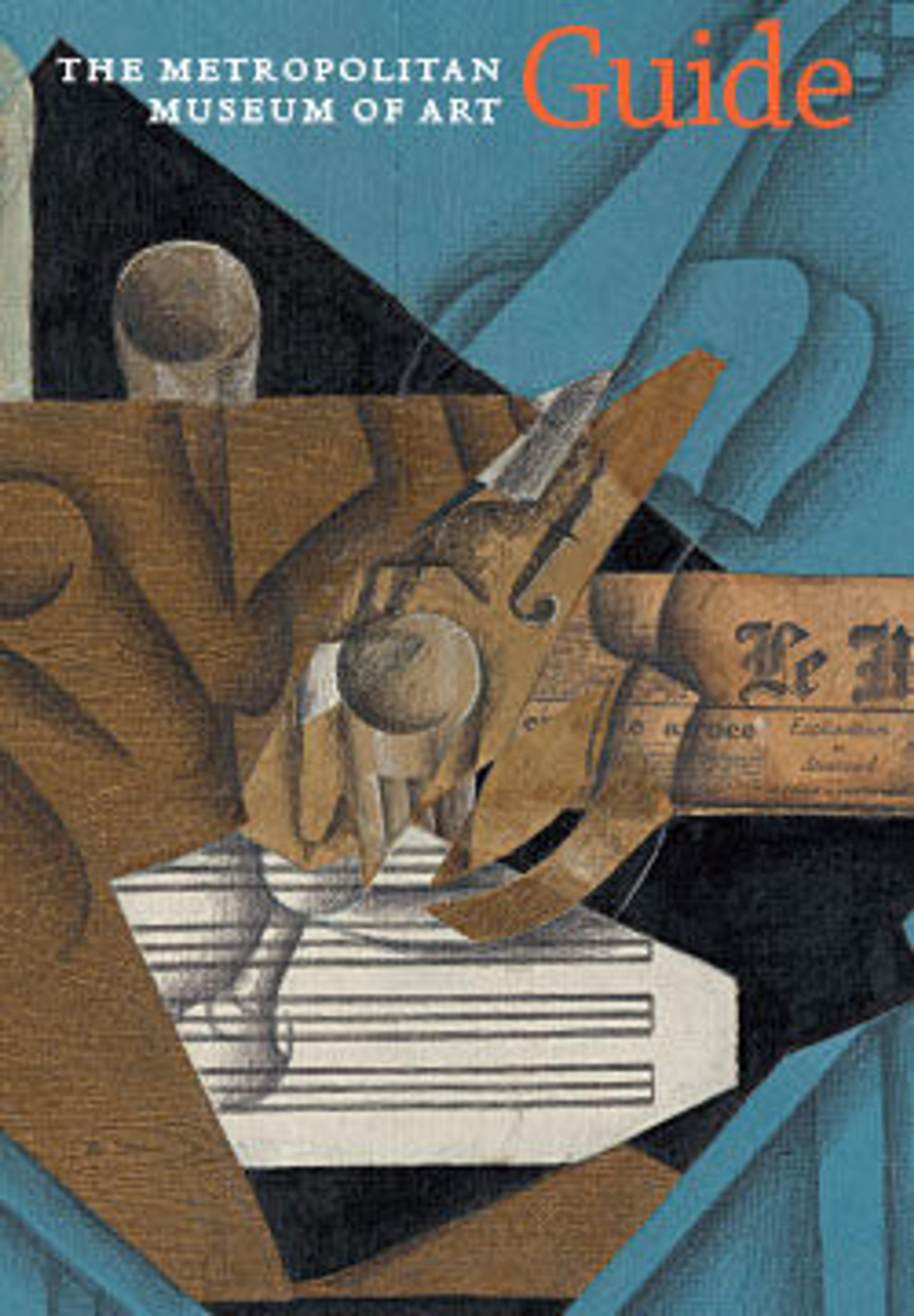English
The Adoration of the Shepherds
In clothing tattered from years of labor, a group of shepherds arrives to witness the newborn Christ Child. His birth was announced to them by angels, as seen in the upper right. The humble figures find the Holy Family resting in a mesmerizingly detailed landscape. Mantegna depicted the Virgin Mary and Christ Child as a portal between the natural world and the divine: the Virgin’s blue and gold robes extend into clouds filled with cherubs who swirl around the newborn. The painting may have been commissioned by Borso d’Este, the duke of Ferrara. Its style seems to be a response to the vogue for Netherlandish painting in Ferrara.
Artwork Details
- Title:The Adoration of the Shepherds
- Artist:Andrea Mantegna (Italian, Isola di Carturo 1430/31–1506 Mantua)
- Date:shortly after 1450
- Medium:Tempera on canvas, transferred from wood
- Dimensions:Overall 15 3/4 x 21 7/8 in. (40 x 55.6 cm); painted surface 14 7/8 x 21 in. (37.8 x 53.3 cm)
- Classification:Paintings
- Credit Line:Purchase, Anonymous Gift, 1932
- Object Number:32.130.2
- Curatorial Department: European Paintings
Audio
5100. The Adoration of the Shepherds
0:00
0:00
We're sorry, the transcript for this audio track is not available at this time. Please email info@metmuseum.org to request a transcript for this track.
More Artwork
Research Resources
The Met provides unparalleled resources for research and welcomes an international community of students and scholars. The Met's Open Access API is where creators and researchers can connect to the The Met collection. Open Access data and public domain images are available for unrestricted commercial and noncommercial use without permission or fee.
To request images under copyright and other restrictions, please use this Image Request form.
Feedback
We continue to research and examine historical and cultural context for objects in The Met collection. If you have comments or questions about this object record, please contact us using the form below. The Museum looks forward to receiving your comments.
